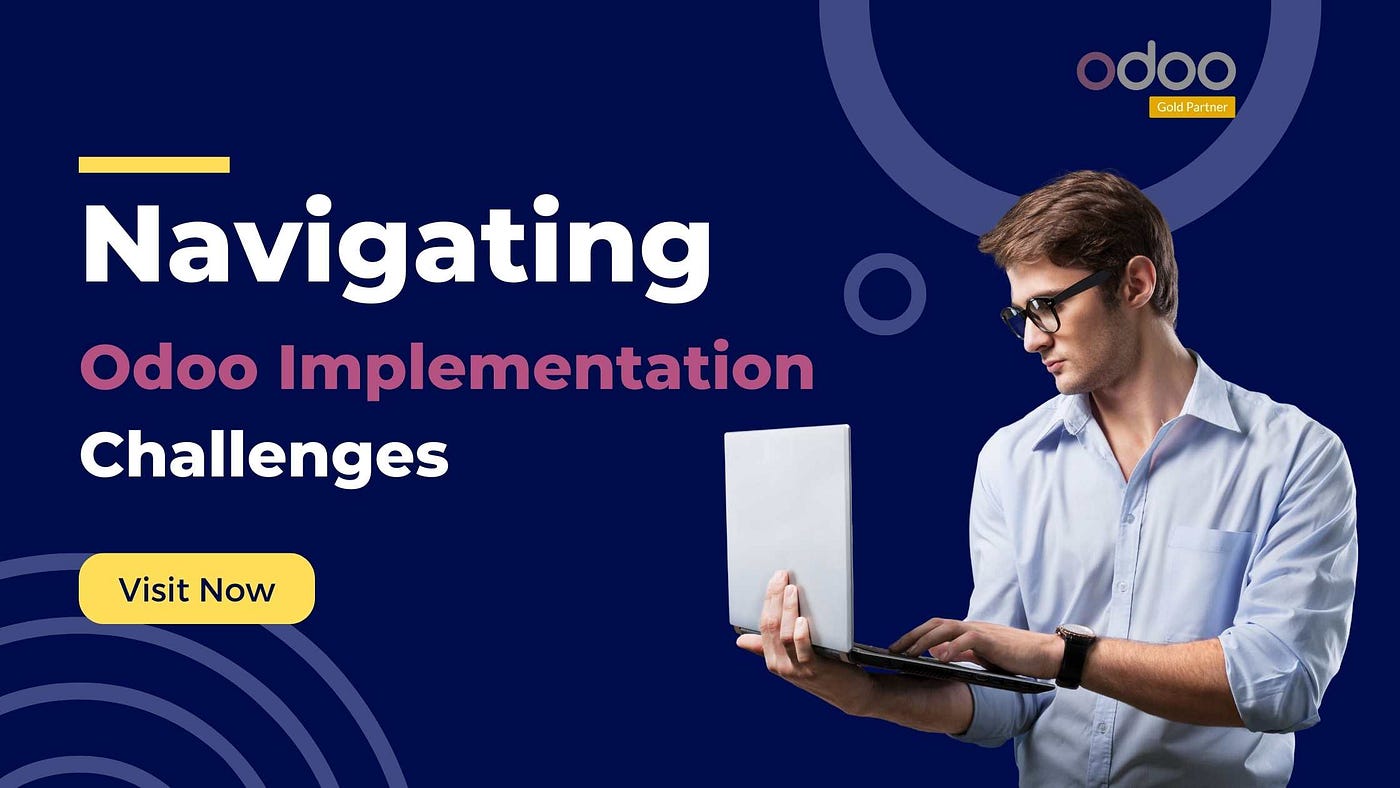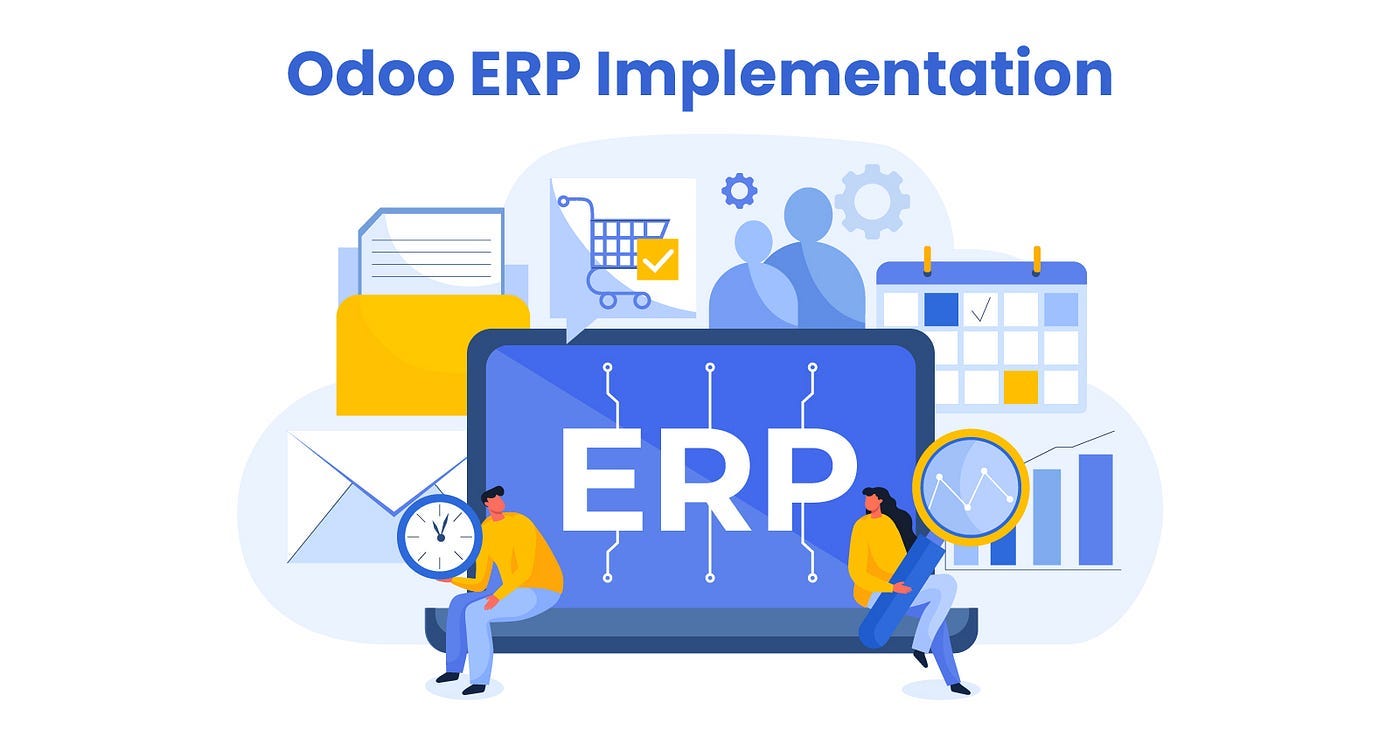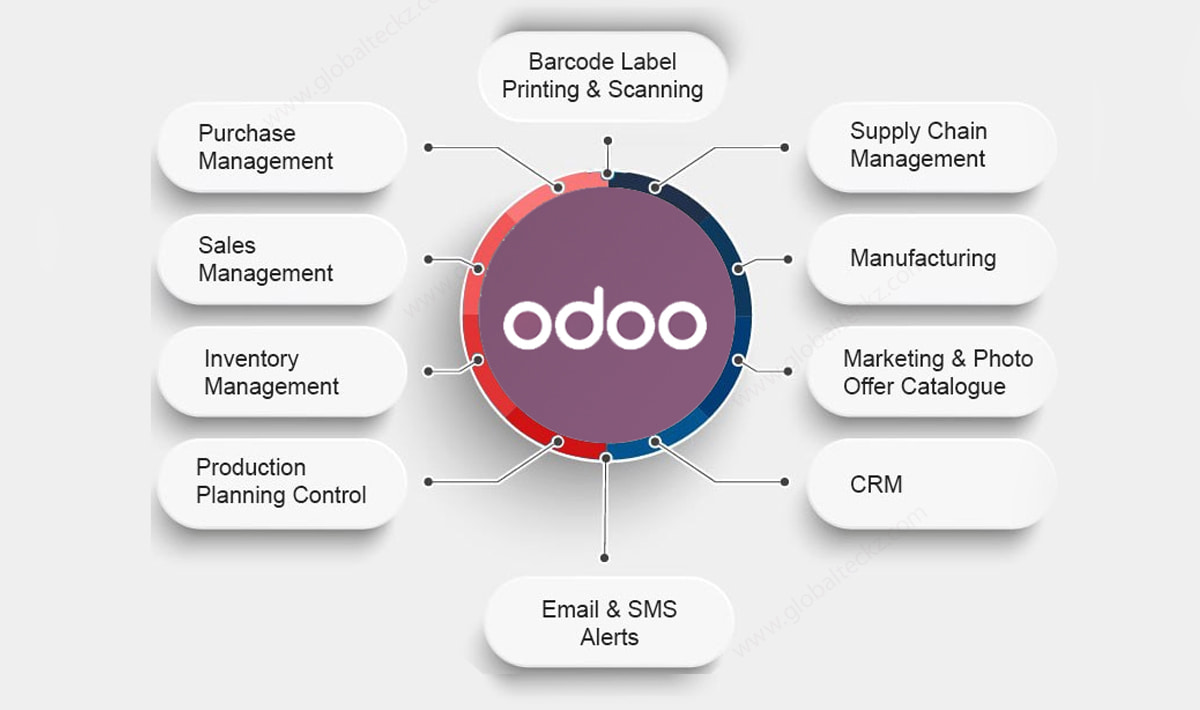Odoo, with its modularity and comprehensive suite of business applications, holds immense promise for organizations seeking to streamline operations and foster growth. The allure of a unified platform managing everything from sales and CRM to accounting and manufacturing is undeniable. However, the journey of Odoo ERP implementation is not always a smooth sail. Like any complex undertaking, it’s fraught with potential pitfalls that can lead to delays, budget overruns, and ultimately, a less-than-satisfactory outcome.
Fear not, intrepid business leaders! By understanding these common hurdles and adopting a proactive approach, you can navigate the Odoo maze effectively and steer your implementation towards resounding success.
The Siren Song of Scope Creep:
One of the most insidious dangers lurking during an Odoo implementation is scope creep. It starts innocently enough – a “small” additional requirement here, a “minor” customization there. But these seemingly insignificant additions can snowball, stretching timelines, inflating budgets, and diluting the focus of the project.
How to Avoid It:
- Define a Crystal-Clear Scope: Before a single line of code is written, invest significant time in meticulously defining your business requirements. Document every process you intend Odoo to handle, leaving no room for ambiguity.
- Prioritize Ruthlessly: Not every “nice-to-have” is a “must-have” for the initial implementation. Prioritize core functionalities and phase in less critical features later.
- Establish a Robust Change Management Process: Implement a formal process for evaluating and approving any change requests. This ensures that all additions are carefully considered for their impact on the project.
The Perils of Insufficient Planning:
Rushing into implementation without a well-thought-out plan is akin to setting sail without a map. Lack of adequate planning can lead to misaligned expectations, inefficient workflows, and ultimately, a system that doesn’t truly serve your business needs.
How to Avoid It:
- Conduct a Thorough Business Analysis: Understand your current processes, identify pain points, and define your desired future state with Odoo.
- Develop a Detailed Implementation Roadmap: Outline clear milestones, timelines, and responsibilities for each phase of the project.
- Involve Key Stakeholders: Ensure representation from all relevant departments in the planning process to gather diverse perspectives and foster buy-in.
The Treacherous Terrain of Data Migration:
Migrating data from legacy systems to Odoo can be a complex and error-prone process. Underestimating the effort and complexity of data migration can result in data loss, inconsistencies, and a compromised new system.
How to Avoid It:
- Plan Your Data Migration Strategy Early: Determine what data needs to be migrated, how it will be cleansed and transformed, and the tools and techniques you will use.
- Invest in Data Cleansing: Ensure the accuracy and consistency of your existing data before migration. “Garbage in, garbage out” applies here more than ever.
- Conduct Thorough Data Validation: After migration, meticulously verify the integrity and completeness of your data in the new Odoo environment.
The Siren Call of Over-Customization:
Odoo’s flexibility is a major strength, but it can also be a weakness if not managed wisely. Excessive customization can lead to increased development costs, longer implementation times, and difficulties in future upgrades.
How to Avoid It:
- Embrace Standard Odoo Functionality: Explore the out-of-the-box features thoroughly before resorting to customization. Often, Odoo’s standard modules can meet your needs with minor configuration.
- Prioritize Essential Customizations: Only customize when absolutely necessary to address unique business requirements that cannot be met by standard functionality.
- Document Customizations Meticulously: If customization is required, ensure it is well-documented for future maintenance and upgrades.
The Neglect of User Training and Adoption:
A powerful ERP system is only as effective as the people who use it. Failing to invest in comprehensive user training and change management can lead to resistance, errors, and underutilization of Odoo’s capabilities.
How to Avoid It:
- Develop a Comprehensive Training Plan: Tailor training programs to different user roles and provide ongoing support.
- Communicate Effectively: Clearly articulate the benefits of Odoo and address user concerns throughout the implementation process.
- Foster a Culture of Adoption: Encourage users to embrace the new system and provide opportunities for feedback and continuous improvement.
Choosing the Wrong Implementation Partner:
Selecting the right implementation partner is crucial for a successful Odoo deployment. An inexperienced or ill-suited partner can lead to costly mistakes and a frustrating experience.
How to Avoid It:
- Do Your Due Diligence: Research potential partners thoroughly, check their experience, and ask for references.
- Look for Industry Expertise: Choose a partner who understands your specific industry and business challenges.
- Ensure Cultural Fit: Select a partner whose communication style and values align with your organization.
Charting Your Course to Success:
Implementing Odoo ERP is a transformative journey that requires careful planning, diligent execution, and a focus on user adoption. By being aware of these common pitfalls and proactively implementing strategies to avoid them, you can navigate the Odoo maze with confidence and unlock the full potential of this powerful platform for your business. Remember, a successful Odoo implementation is not just about deploying software; it’s about empowering your people and optimizing your processes for sustainable growth. So, chart your course wisely, and set sail towards a brighter, more efficient future with Odoo.




